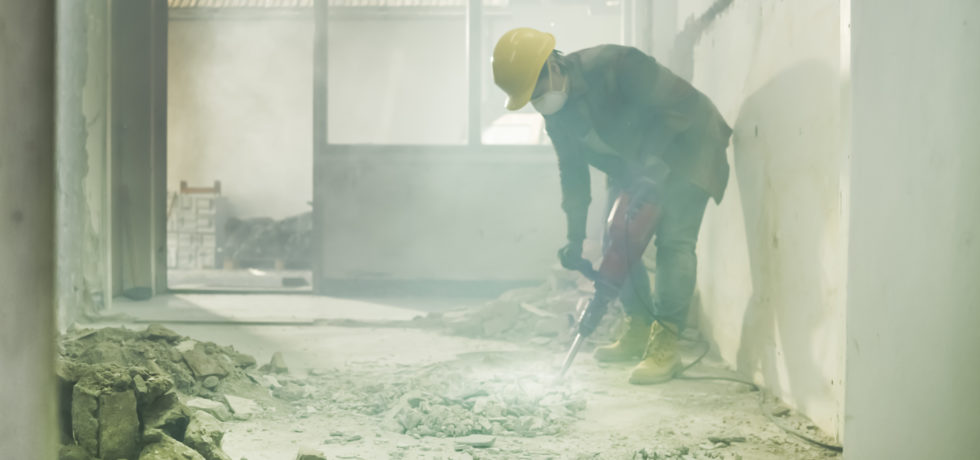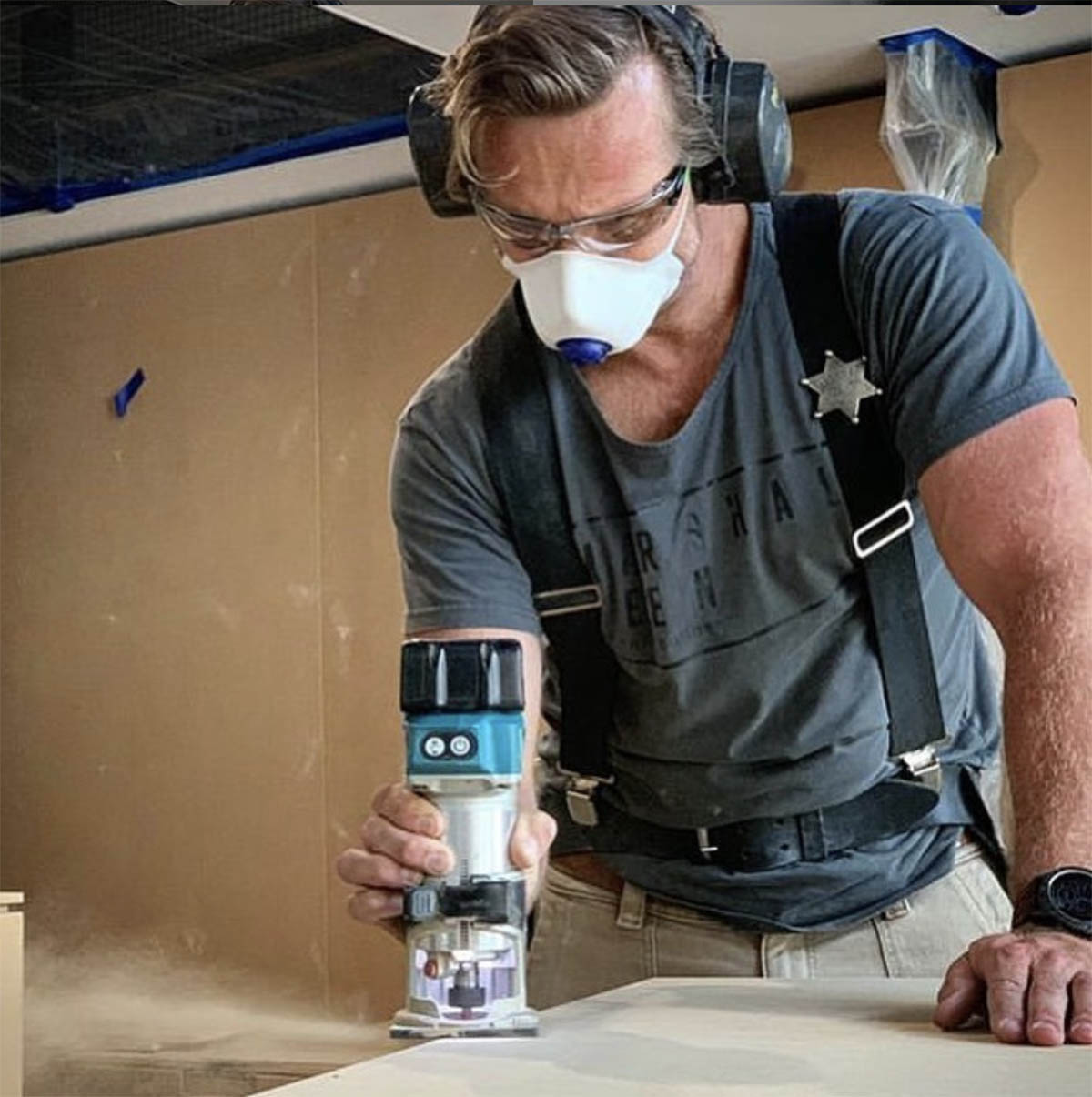

Having a proper dust control plan is crucial, with so much at stake for both people and your business.

The Solution: Benetech Silica Dust Containment and Suppression Systems In addition, beginning September 2020, performing a Dust Hazards Analysis (DHA) of how dust hazards are being lessened and managed will be a required safety practice from the safety and health administration.

For example, the OSHA Respirable Crystalline Silica Standardrequires employers to protect workers from dust exposure after high levels of silica dust at fracking sites. Failure to comply can lead to OSHA and MSHA fines related to silica. Airborne silica dust can also lead to hazards such as slime (slips and falls), potential combustibility, and compromised visibility at the plant.įor all of these reasons, OSHA and MSHA have developed silica dust safety regulations. Therefore, occupational safety needs to be implemented and to lessen health exposure. It can cause kidney disease, including the increased risk of developing a chronic obstructive pulmonary disease. Respirable Crystalline Silica is fine particle dust that can be a health hazard. It can cause asthma, emphysema, silicosis (nodules and scarring in the lungs), and lung cancer when breathed over time. The challenge with bulk material handling is that it can continually re-suspend dust if a control plan is not in place. To illustrate just how poisonous it is, if we were to equally distribute 5.6 grams (the weight of a quarter) of respirable silica dust through the air in a large football stadium, a person breathing the air would be considered overexposed. Of greater importance, at this size, they can easily enter the lungs, where they are even more toxic than coal dust. When silica dust particles are less than 10 μm, they will stay airborne for up to several hours until gravity and electrostatic forces help them settle onto surfaces. However, at less than 30 μm, it will not be visible unless reflecting light and will take a bit longer to settle. In bulk material handling, if a resulting dust particle is larger than 60 μm, it will be visible and settle rather swiftly. Hydraulic fracturing is the main cause of respirable silica dust. Materials containing crystalline silica are non-hazardous unless agitated, such as blasting, crushing, chipping, cutting, drilling, and grinding, which can create tiny particles called respirable crystalline silica. Silica can be found in two forms, crystalline and non-crystalline. Silica (silicon dioxide) is one of the most common elements on Earth.


 0 kommentar(er)
0 kommentar(er)
